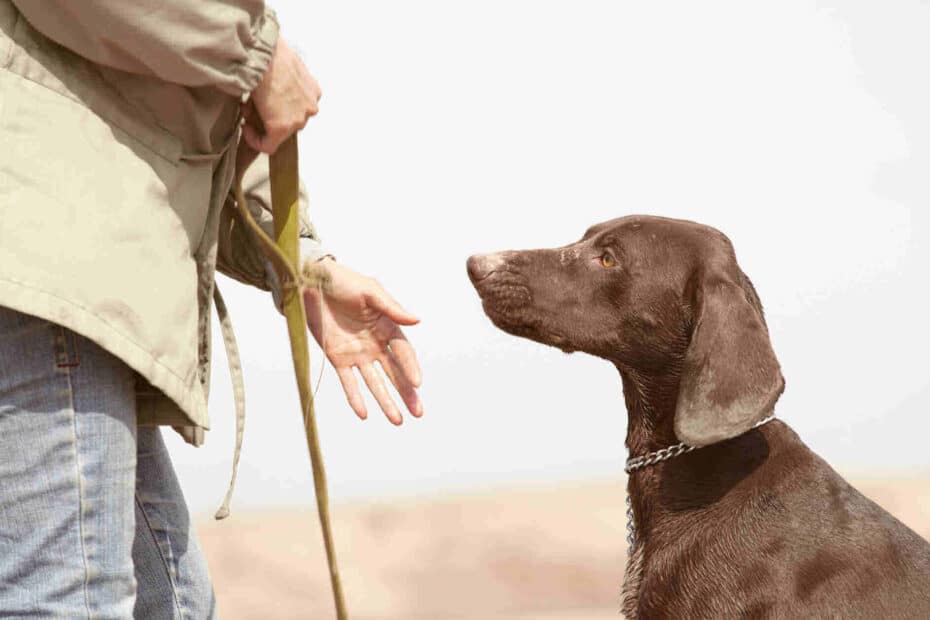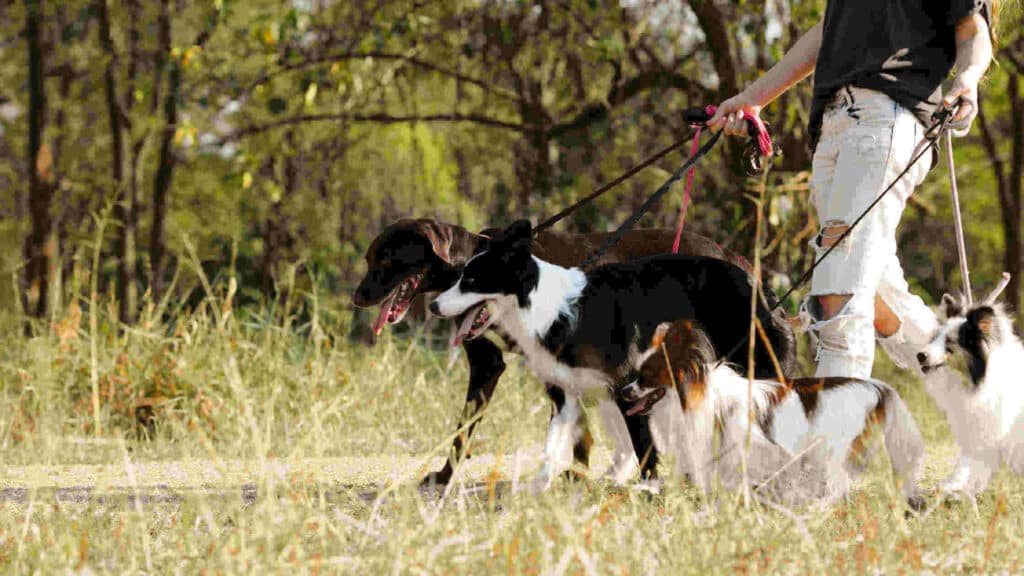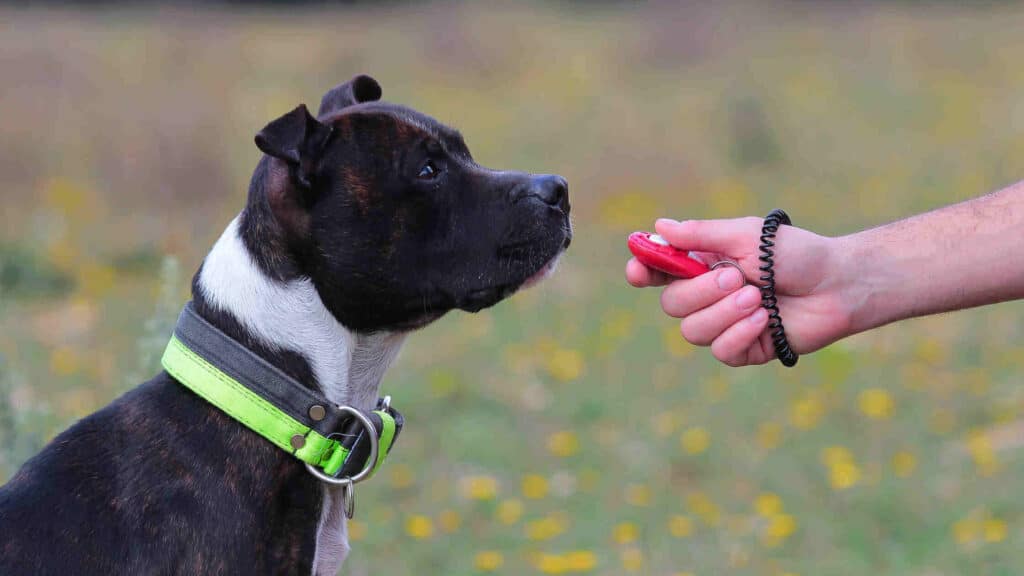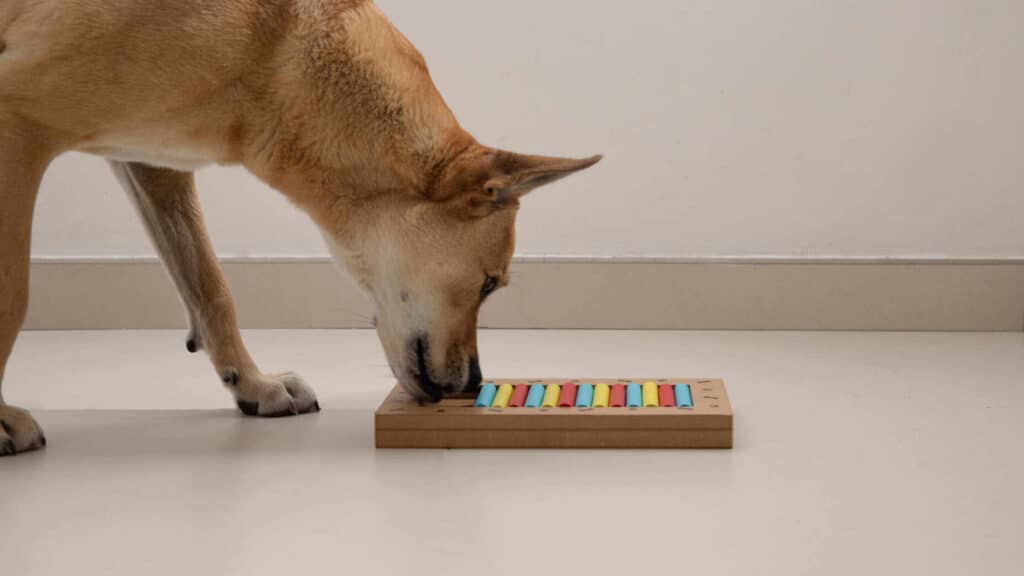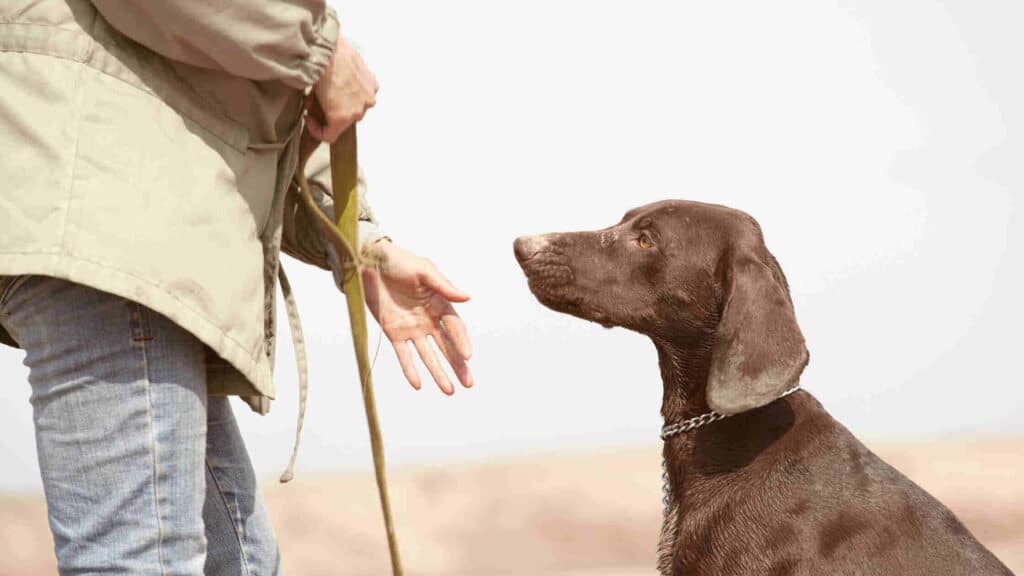Do you have a big, lovable canine companion who is a bit of a handful? Are traditional training methods not yielding the results you desire? If so, you’re not alone. Training big dogs can be challenging, but it doesn’t have to be. In this article, we will explore some unconventional techniques that can help you train your big dog successfully.
1. Harnessing Natural Instinct
Big dogs are naturally intelligent and eager to please. They are also hardwired with certain instincts that can be harnessed to make training easier. For example, many big dogs have a strong prey drive. This means that they are naturally drawn to chasing and retrieving objects. You can use this instinct to your advantage by teaching your dog to fetch or play tug-of-war.
Another natural instinct that big dogs have is a strong pack mentality. This means that they see you as their leader. By establishing yourself as the pack leader, you can create a sense of order and structure that will make training easier. This can be done by being consistent with your commands and providing clear boundaries.
Finally, big dogs are also naturally protective of their territory and loved ones. You can use this instinct to teach your dog valuable skills such as guarding and alerting behaviors. By teaching your dog to bark when someone approaches your home or to protect you from danger, you can help keep your family safe.
2. Utilizing Specialized Equipment
In addition to harnessing natural instincts, there are also several specialized tools and equipment that can make training big dogs easier. For example, a sturdy harness can help prevent your dog from pulling on the leash, while a long leash can give them more freedom to explore. You can also use treat pouches or bait bags to keep treats handy during training sessions.
Another helpful tool is a training clicker. A clicker is a small, handheld device that makes a clicking noise. When used correctly, a clicker can help your dog learn new commands more quickly.
3. Creating Mental Stimulation
Training big dogs is not just about physical exercise. It’s also important to provide them with mental stimulation to prevent boredom and destructive behaviors. There are several ways to do this, such as playing puzzle games, hiding treats around the house, or teaching your dog new tricks.
Puzzle games are a great way to challenge your dog’s problem-solving skills. There are many different types of puzzle games available, so you can find one that is appropriate for your dog’s age and skill level.
Hiding treats around the house is another fun way to provide your dog with mental stimulation. This will encourage them to use their nose and explore their surroundings.
Teaching your dog new tricks is also a great way to keep them mentally stimulated. This will help them learn and grow, and it will also strengthen the bond between you and your dog.
4. Consistency and Positive Reinforcement
The most important thing to remember when training big dogs is to be consistent. This means using the same commands and techniques every time you train. It also means being patient and never giving up.
Positive reinforcement is another essential ingredient for successful training. This means rewarding your dog for good behavior. Rewards can be anything that your dog enjoys, such as treats, praise, or playtime.
5. Get Professional Help If You Need It
If you’re struggling to train your big dog, don’t give up. With a little patience and effort, you can teach your dog to obey your commands and behave in a safe and enjoyable way for everyone. However, if you’re feeling overwhelmed or frustrated, it’s okay to get professional help. A qualified dog trainer can help you develop a training plan that is right for your dog and your situation.
I hope these tips help you train your big dog successfully. Remember, patience, consistency, and positive reinforcement are key. With a little effort, you can have a well-behaved and loving companion for many years to come.
Additional Tips:
- Start training early. The younger the dog, the easier it is to train.
- Make training fun. If your dog is having fun, they’ll be more likely to learn.
- Be patient and don’t give up. Training takes time and patience.
- Don’t use harsh punishment. This can make your dog afraid of you and less likely to learn.
- Be consistent with your commands and expectations. Dogs thrive on consistency.
- Reward good behavior. This will help your dog learn what you want them to do.
- Take breaks. If your dog gets bored or frustrated, take a break and come back to it later.
Conclusion
Training a big dog can be a challenge, but it’s also a rewarding experience. By using unconventional techniques, such as harnessing instincts, utilizing specialized equipment, and creating mental stimulation, you can make the training process easier and more enjoyable for both you and your dog.
If you’re struggling to train your big dog, don’t give up. With a little patience and effort, you can teach your dog to obey your commands and behave in a safe and enjoyable way for everyone.
